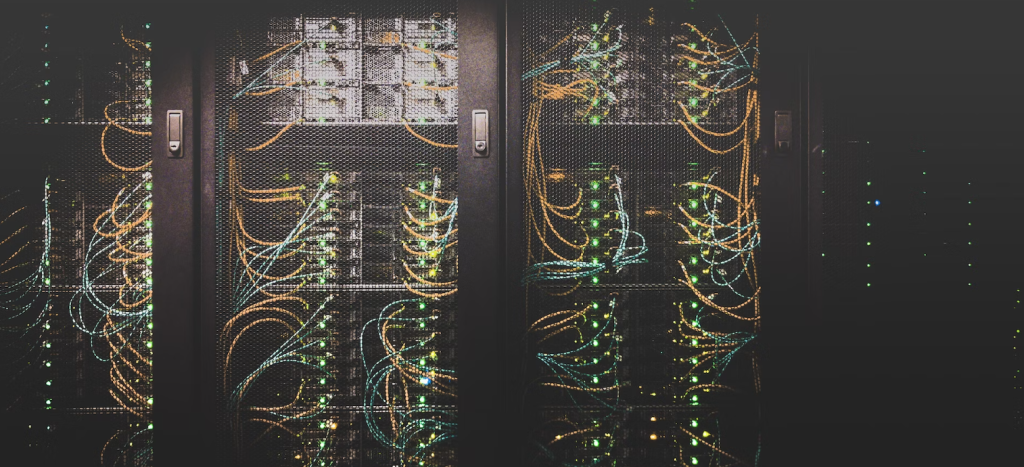On Wednesday, China proudly unveiled its latest triumph in the realm of supercomputing, the “Tianhe Xingyi Supercomputer.” The announcement, made by the National Supercomputing Center in Guangzhou at a prestigious industry event in Guangdong Province, was reported by state news agency Xinhua.
Unlike its predecessor, the Tianhe Xingyi boasts cutting-edge domestically designed architecture. While the exact computing power details remain shrouded in mystery, Lu Yutong, the director of the National Supercomputing Center, revealed that Tianhe Xingyi surpasses the famed Tianhe-2 across various critical dimensions. These encompass CPU computing power, networking efficiency, storage capacity, and application performance.

The Tianhe-2, developed by the National University of Defense Technology, once held the coveted title of the world’s fastest supercomputer for three consecutive years starting in 2013. However, its reign was abruptly disrupted in 2016 when the U.S. government blacklisted the university, limiting access to crucial Intel processors integral to supercomputing capabilities.
Tianhe Xingyi’s unveiling is not an isolated event in China’s supercomputing landscape. The Sunway TaihuLight, another prominent creation by the National Supercomputing Center in Wuxi, secured the seventh position in the June 2023 global rankings, while Tianhe-2 secured the tenth spot.
The lack of specific details regarding Tianhe Xingyi’s computing power has left the computing community eagerly anticipating further revelations. Lu Yutong, shedding light on the supercomputer’s operational expectations, emphasized its pivotal role in meeting the escalating computing demands across diverse fields. These include high-performance computing, artificial intelligence (AI) big model training, and big data analysis.
The purposeful design of Tianhe Xingyi underscores its commitment to addressing evolving challenges in computing, particularly in the realms of AI and big data applications.
Chinese Supercomputers:
China dominates the global supercomputing landscape, with its centers collectively holding a significant performance share of the world’s top 500 supercomputers. In November 2019, China outpaced the United States, boasting 228 supercomputers among the top 500.
The country’s supercomputing journey began in the 1980s, evolving rapidly to claim the top spot in November 2010 with Tianhe-1A. Notably, China’s Sunway TaihuLight and Tianhe-2A globally rank 7 and 10 respectively. In a bid to overcome potential technology embargoes, China has developed its processors, such as the Loongson, signaling a push towards self-sufficiency. However, geopolitical tensions have led to some Chinese supercomputing entities facing restrictions on the global stage.
Related:
- Mobile phone shipments in China have seen 60% increase year-on-year in September
- NVIDIA Unveils New Generation AI Supercomputer Chips
- The New Vista Supercomputer Excels in AI and Scientific Computing
(via)







